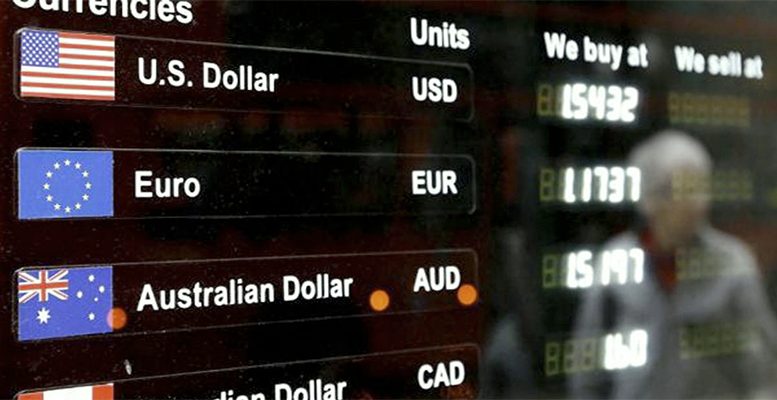Most G10 currencies declined further against US dollar ( USD) . However, analysts from AXA IM remind that “the greenback has lost some steam”, appreciating just 0.5% over the past month. Namely, the USD benefited from progress in regards to tax reform and the anticipation of upcoming financial deregulation, while the nomination of the dovish and Janet Yellen- like Jerome Powell as new US Federal Reserve Chairman left markets muted.
The CAD and SEK underperformed the most over the period. The CAD slid 2.6% since amid mixed domestic data releases (disappointing GDP versus encouraging labour market numbers ), while trade policy negotiations brought little reaction. In opinion of AXA IM:
The fifth round of the North American Free Trade Agreement (NAFTA) negotiations taking place in Mexico between 15 and 21 November could bring further risks to the currency, after the previous round’s deadlock, where the US made proposals that were unpalatable to both Canada and Mexico.
Elsewhere the SEK depreciated 2.9% over the month after October’s weak inflation print (1.8% versus 2% expected). Over the same period, the euro slid 1 .9% amid weak inflation ( where core inflation is still below 1%) and the ECB dovish stance, confirmed at its conference in Frankfurt.
Commodity currencies have been lagging oil prices recently. While this is probably due to adverse monetary policy developments , especially for the Canadian dollar(CAD), experts at the house think an adjustment will take place sooner or later, to reflect more adequately the fact that oil prices have broken through the $60 per barrel threshold .
The link between the CAD and crude oil prices has fallen sharply in 2017, due mainly to the increasing role of monetary policy, most notably the significant response to Canada’s first interest rate hike since 2010, back in July. However we saw a recent rebound in the correlation since the oil price got closer to the $60 mark.
Norwegian krone ( NOK )’s correlation to oil prices has also declined. Stronger-than- expected growth has boosted the currency, helping reduce its vulnerability to oil prices movements.
Regarding AUD, there are good reasons to keep a short position. The Nominal Effective Exchange Rate (NEER) has declined 2% month-to-date and 1.4% year-to- date. Analysts explain:
The composition of flows shows that this depreciation is speculative but also more structural, as the declining trend comes also from real money ( e.g. pension funds , insurance firms and asset managers).
We recommend maintaining a long USD/Australian dollar (AUD) positioning and have added a long Ne w Zealand dollar (NZD) /AUD stance, to reflect recent upside macroeconomic surprises in New Zealand.





